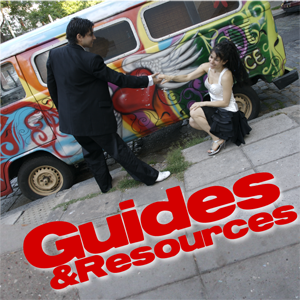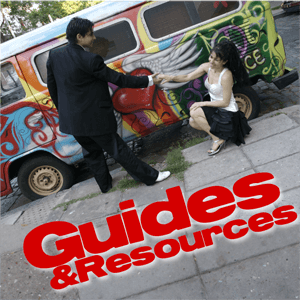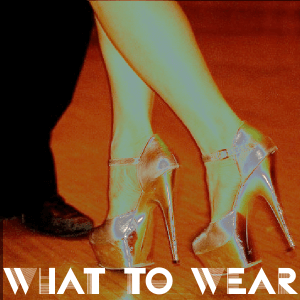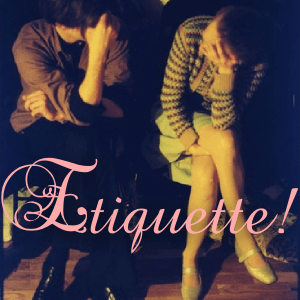Argentine Tango is a rich genre of music, which has already been interpreted around the world by musicians for decades. It is a fascinating and worthy subject of study and I’ve listed below some wonderful resources for learning. If you know of more, I’d be so happy to include them, just send the info using the message box at the right.
Tango music usually offers more than one rhythm, one or two melodic lines, and allows instruments to change their roles from rhythm to melody. Since dancers may dance to any part of the music and can change which part of the music they are using at any time, tango music’s complexity offers a rich and inspiring landscape to play with. However, tango dancing does not depend on any particular musical quality, such as a particular rhythm or speed. It can be danced to any music, including according to Pablo Aslan, “the sound of the dishwasher”. The main criterion in whether a piece of music would be good for dancing tango is whether it provides enough complexity. Unfortunately, a lot of beautiful western ballads which appeal to the romance of tango are based on a 4-bar blues background that never changes through the song. In this case, the dancers may be more likely to use the melody. They can also shift their dance from single time to double time and/or halftime…
Traditional tango music has a medium tempo, more charm than drama, and the songs are under 4 minutes. Some dancers have difficulty with music that is slow or dramatic because they don’t have any dramatic or melodic moves in their repertoire — or they haven’t learned yet to modify their quality of motion over a range of intensities, so that every movement can be used to express anything from sharp to sweeping. And many dancers have difficulty concentrating and varying their dance for the duration of a longer song. But the only limits are the dancer’s ability and willingness.
One often discussed dimension of tango and a reason that some people prefer to dance to familiar traditional tangos is that dancers have listened to these songs so many times that they know what is coming in the music. Obviously, knowing the music in advance will ease improvisation. However, in my experience when I am deeply connected to the music as a dancer, I can feel what is coming even if I haven’t heard the song before, and the improvisation that comes from this relationship to the music is even more thrilling.
Since tango is improvised and the leader needs to feel moved by the music, I encourage dancers to dance tango to any music that moves them. Personally it took me about 4 years of dancing tango before I began to enjoy traditional tango music. I practiced in a bar that played hip hop and funk music, so the music played at milongas seemed really dull and I danced there despite the music. Now I do love traditional tango music as well.
There are teachers who propose specific ways of using the music in your dance. But part of the charm of tango is that different leaders hear and express the same songs differently from one another and even differently from their own previous interpretations. So I encourage students to find your own personal relationship to the music. This is a big part of what makes your dance unique.
Here are some more resources for learning about and buying tango music
- A kilo of symphonies
- Another Improvisation: Interview with pianist Dietmar Schlabertz
- DIY Orquesta Típica: Interview with Korey Ireland about the Community Tango Orquesta movement
- Ignacio Santos, Orquesta Tipica Ciudad Baigón
- Carlos Libedinsky’s Tango
- Vio Music
- Starting to dance Vals and Milonga
- Elio Astor, NeoTango DJ
- Dancing to the beat: JewelLab Musicality Session 2
- Slow: JewelLab Musicality Session 1













